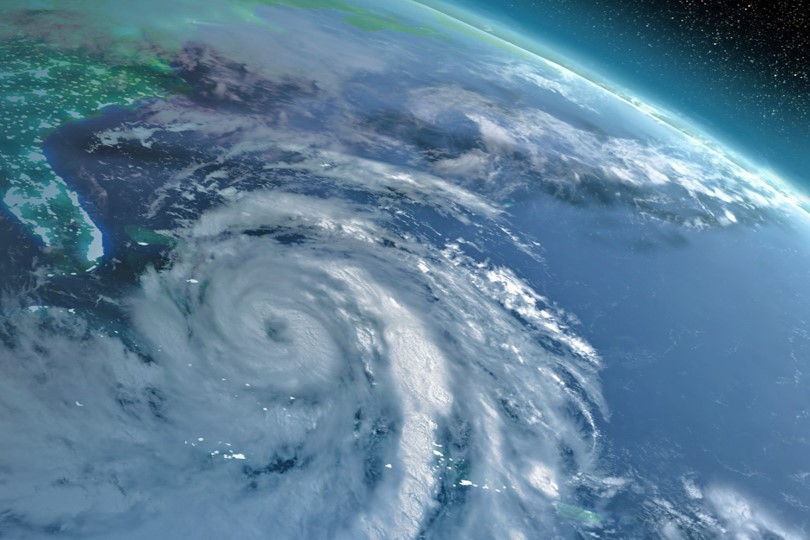Atmospheric, Climate,
and Earth Sciences Division
Atmospheric, Climate,
and Earth Sciences Division
Modeling

Modeling is key to understanding atmospheric, human, and Earth systems, as well as their interactions. Models can be used to project the future, reproduce the past, and conduct experiments that help researchers understand complicated processes and test hypotheses. Scientists at PNNL are experts in developing and using models to answer important scientific questions.
A substantial area of PNNL expertise is in modeling Earth systems. These models simulate processes of different Earth system components at scales ranging from 1 to 100 kilometers. Of note is the Department of Energy’s Energy Exascale Earth System Model (E3SM). The E3SM is a global-scale Earth system model which focuses on processes relevant to the energy sector. Many of its component models incorporate advances drawing on PNNL expertise in areas such as clouds, aerosols, aerosol-cloud interactions, atmospheric chemistry, land-atmosphere interactions, terrestrial ecosystems, hydrology, and biogeochemistry.
Researchers use regional models to examine Earth system processes in specific, smaller areas of interest. Researchers at PNNL possess significant experience developing and using the Weather Research and Forecasting Model (WRF) to study atmospheric processes. Substantial research using WRF centers around modeling the boundary layer, clouds, chemistry, aerosols, and their interactions with other atmospheric processes and the land surface. Efforts on WRF and other atmospheric models aim to improve understanding and representation of aerosol-cloud interactions, which remain one of the greatest uncertainties in climate models. Other regional models focus on watershed modeling, including complex interactions of multiple surface and subsurface processes.
PNNL is a leader in modeling human-Earth system interactions. This field accounts for the complex influences human and Earth systems exert on each other when studying regional and global systems. The Department of Energy-sponsored Integrated Multisector, Multiscale Modeling (IM3) scientific focus area conducts innovative modeling from local to national scales to explore how human and natural systems coevolve in response to short-term shocks and long-term influences. IM3 creates operational compatibility between PNNL-developed and other best-in-class open-source models to provide scalable computational experiments. The Joint Global Change Research Institute (JGCRI), representing a collaborative effort between PNNL and the University of Maryland, is an international innovator in the field of human-Earth system interactions. JGCRI houses the Global Change Analysis Model (GCAM), a freely available community model that represents the global behavior of, and interactions between, five systems—energy, water, agriculture and land use, the economy, and the climate. GCAM and its supporting models are driven by science objectives under the Global Change Sectoral Modeling System which explores dynamics in global human-Earth system influences, responses, and feedbacks.